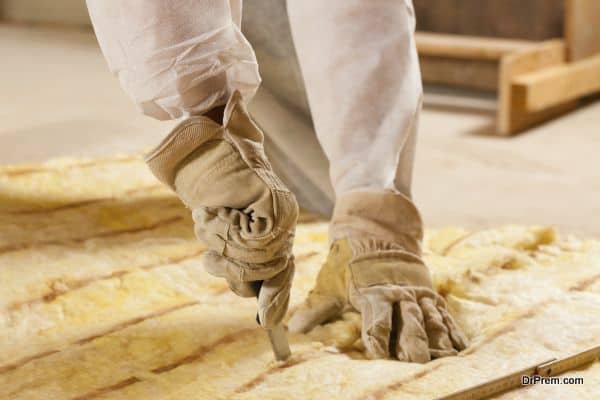It is extremely important to keep assessing the temperature and insulation needs in your home. While everybody wants to keep a check on various devices and equipment for conserving energy at home, many people hardly bother about their attic. A significant amount of energy can be saved if you properly maintain your attic by insulating it rightly. If you find it a daunting task to measure the temperature and insulation of your attic, then here are some tips to support you. This will help you in judging the utilization of energy at your home and in reducing your energy bills significantly.
Steps for measuring the temperature of your attic:
- Choose sample locations: It is very likely that the temperature may vary across the entire attic. Thus, you may select at least three such locations on your attic where you would like to measure the temperature. You may choose its entrance point, exit point and a middle portion to do this.
- Aim an infrared thermometer at chosen locations: When you try to measure the temperature at a selected location, make sure to aim your infrared thermometer around it at multiple spots. This provides an effective idea of the temperature at that location and helps you in detecting any air leaks.
- Repeat for all locations: Now, you should repeat the previous step for all three selected locations. Keep noting down your temperature readings so you may later average them out to measure the right temperature of your attic.
- Check against DOE recommendations: After you have taken all your temperature readings, average them out by totaling all the readings and then dividing the sum by the number of readings taken. Now, compare your attic temperature with the standards recommended by the Department of Energy. For a cold climate, this reading is recommended to be 68 Degrees Fahrenheit, while for a hot climate, it should stay between 10 and 20 Degrees Fahrenheit hotter than the external air temperature and not more than this limit at all. You may check what your measured readings suggest. See whether it is getting hotter or colder. Based on the results, you may work on improving your attic’s insulation.
Measuring the insulation of your attic
- Use a ruler to take the reading: You simply need a ruler that should be inserted through the insulation of your attic. Keep pushing the ruler down until it hits the bottom of the insulation. Note down the depth and move on to the next step.
- Take measurements at multiple spots: Now, you should repeat the previous step at multiple locations. It is critical that your attic is evenly insulated. Thus, you should note down the depth readings at varied locations across the attic.
- Multiply the insulation depth by the baseline R-value: You can compare your home’s desired R-value to DOE standards when you measure the current R-value. For this purpose, you will have to multiply your noted insulation depth by the baseline R-value, which is 3.2 per inch for fiberglass insulation and 3.8 per inch for cellulose insulation. Check the insulation type that has been installed in your attic and multiple the values accordingly. When you receive your R-value, you may compare it to DOE standards to know whether your attic is properly insulated.
Based on your temperature and insulation measurements, determine whether you need to call a professional for help regarding proper insulation or it may be fixed on your own. If you require adding extra insulation to your attic, then do this to save a higher amount of energy and reduce the wastage of energy, if any.
Summary: It is simple to measure the temperature and insulation of your attic. You can do this in a few easy steps and save on your energy bills significantly.


